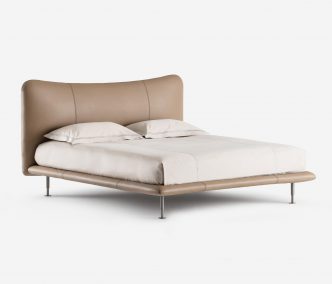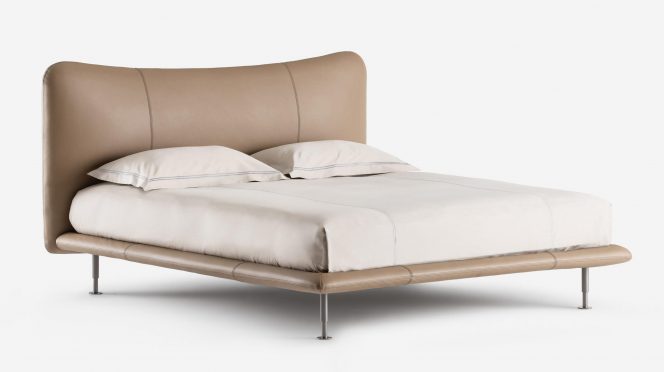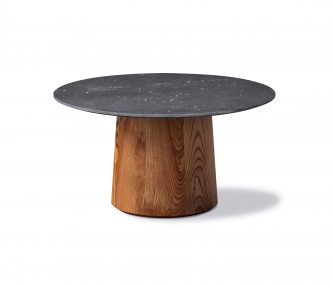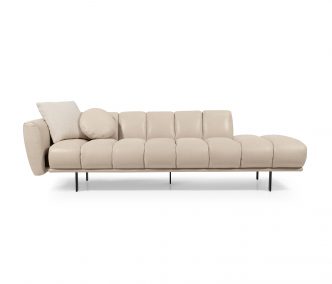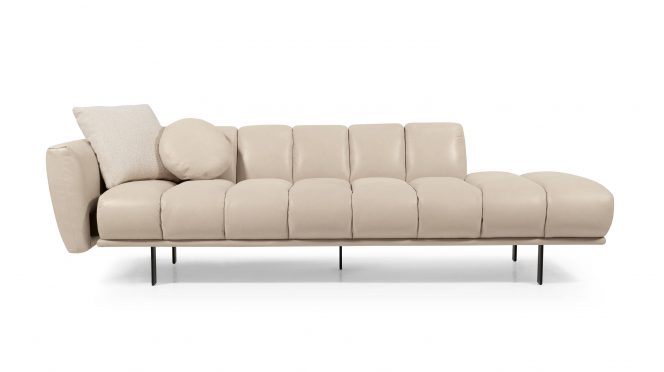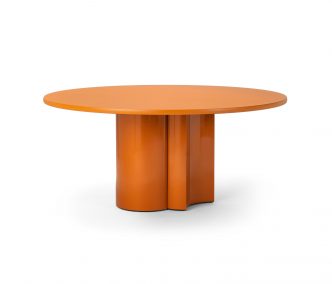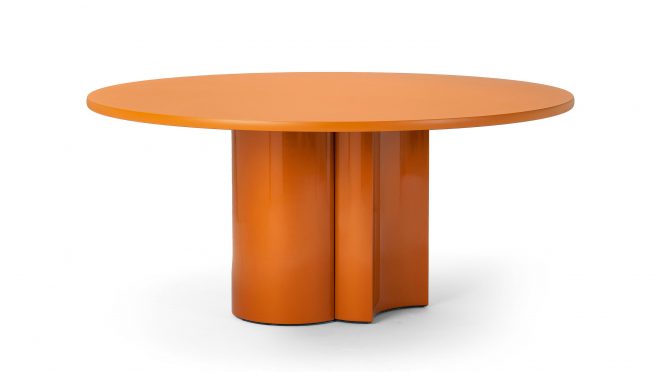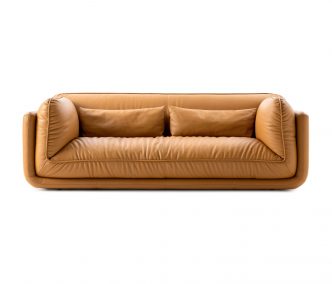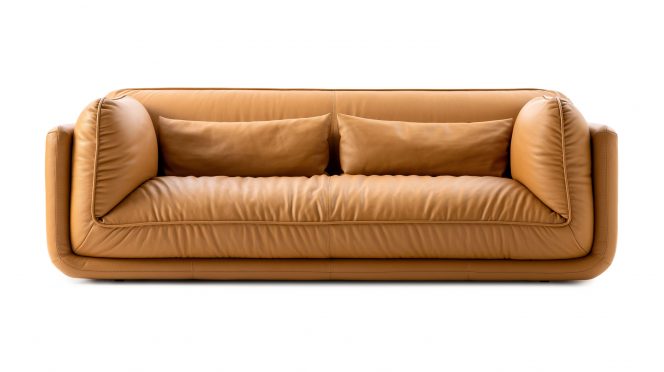People spend a significant amount of time every day sitting in front of their desks. Hence, an office chair is one of the most critical elements of the workspace, as it directly impacts comfort, health, and productivity. However, despite its many benefits, many people take the importance of carefully evaluating their office chair as an afterthought.
If you want to explore the primary considerations for choosing the perfect chair for your workspace, whether you work from home or in a traditional office setting, keep reading!
Assess Your Needs
Understanding your unique needs is the foundation of choosing the right office chair. The following considerations can help assess your needs:
- How long will you be sitting in the chair?
- Will you need a chair supporting long periods of computer work, or will you move around a lot?
Before you dive into chair models and prices, understanding your work habits and requirements is the first step in finding a chair that suits your needs.
Focus On Ergonomics
If you sit in front of your desk for several hours at a time, a chair’s ergonomics should be one of your primary considerations. A well-designed option, such as Melbourne office chairs, supports your body’s natural posture and movement, preventing physical strain and discomfort and enabling you to be more productive.
The elements of an ergonomic chair include the following:
1. Lumbar support: Choose an office chair with adjustable lumbar support that fits your lower back curvature. This feature helps maintain a healthy posture, reducing spinal strain.
Seat height and depth: A chair that lets you comfortably rest your feet on the floor reduces back strain. Meanwhile, adjusting the seat height to ensure your arms can easily reach your desk while your eyes are at the screen level prevents tension in the neck and shoulders.
2. Backrest: The backrest should be adjustable in height and angle and be broad enough to support your entire back. This keeps you from sitting too far back or forward, reducing strain on the neck, shoulders, and thighs.
3. Armrests: Adjustable armrests that can be moved up or down, in or out, are ideal. When using the armrests, your shoulders should remain relaxed, and your elbows should rest lightly on the armrests.
4. Swivel and casters: A swivel base is essential for an office chair as it allows you to reach different areas of your desk and workspace without strain. Similarly, consider the type of flooring in your workspace when choosing casters. Hard casters are suitable for carpeted floors, while soft casters are better for hard surfaces.
When evaluating these office chair aspects, consider your height, weight, body type, and work requirements. For instance, taller people need deeper seating to support their longer bodies.
Meanwhile, if you’re sitting for shorter periods, you may not need all the adjustable features, allowing you to get a more affordable office chair.
Pick A Chair Made From Suitable Materials
The material of your office chair can affect comfort and durability. Mesh back chairs offer good ventilation, making them an excellent choice for warm climates. Meanwhile, leather or fabric upholstery can provide a softer, more comfortable seat but might require more maintenance.
Consider Price And Warranty
Like any significant investment, consider the price and warranty of the office chair. While you may not want to spend a fortune, remember that a quality chair is an investment in your health and productivity.
If the higher price range is beyond your budget, you can explore the second-hand market, which often provides good alternatives for budget-conscious people. Opting for a pre-owned office chair from a reputable seller may find high-quality chairs at a more affordable price point. However, ensure the chair is in good condition and offers the necessary ergonomic features and support.
A warranty period of five years or more indicates the chair’s durability, quality, and the manufacturer’s confidence. A longer warranty period offers peace of mind by protecting you against potential defects. So before purchasing, it’s best to review the warranty terms to understand coverage and claim procedures.
Test The Chair
It’s always best to try the chair before you purchase, as the comfort and firmness of office chairs can be subjective. Try out various chairs to get a feel for their comfort level and how they support your body. Adjust all the features to see if they can create an optimal seating position. This practice gives you a better idea of what you like in a chair.
Keep in mind that a chair that feels comfortable during a brief test might not provide the same level of comfort during long periods of sitting. Whenever possible, look for retailers with money-back guarantees or exchange policies.
Final words
Selecting the perfect office chair involves thoroughly understanding your needs, prioritizing ergonomics, and considering your workspace’s aesthetic. Evaluating all these aspects will help you invest in an office chair that provides exceptional comfort, boosts your productivity, and enhances your work environment’s appeal.





